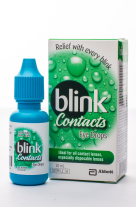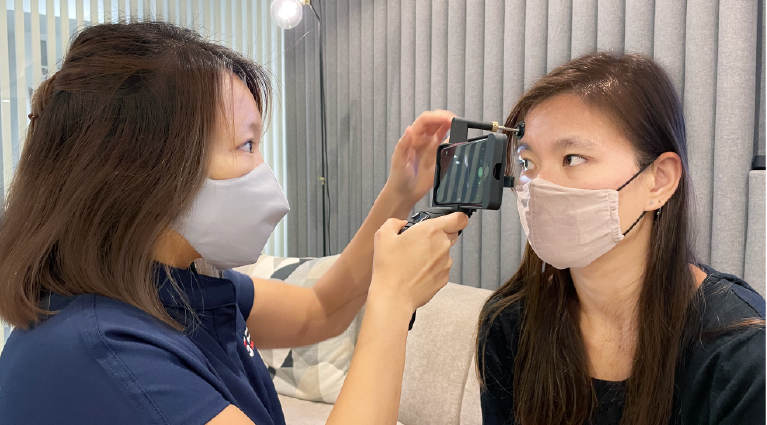
Conjunctivitis: What You Should Know
Commonly known as 'pink-eye', conjunctivitis is an inflammation or infection of the conjunctiva, the thin layer of transparent tissue that lines your eyelid and covers your eyeball.
What are the common types of Conjunctivitis?

Viral Conjunctivitis: The most prevalent and contagious type of conjunctivitis caused by a virus. It usually begins in one eye and may spread to the other eye within days. Symptoms include itching, watery eye discharge and a red, swollen eyelid.
Bacterial Conjunctivitis: This is caused by bacteria, which most often enter the eye through contact with water or dirt. Symptoms include redness, thicker discharge, and a burning / foreign body sensation in the eyes. It is more severe and can take longer to resolve than viral conjunctivitis.
Allergic Conjunctivitis: This is caused by an overreaction of the immune system to environmental factors, such as pollen, dust, or pet dander. Symptoms include tearing, sneezing, and an itchy rash that may form on the eyelids and around the eyes.
Fungal Conjunctivitis: This is caused by a fungal infection, most often Candida albicans. Symptoms include redness and discharge, eye pain and blurry vision.
What are the implications of Conjunctivitis?
Conjunctivitis can lead to discomfort, reduced vision in one or both eyes and light sensitivity, which may significantly impact your daily life.
In severe cases of allergic conjunctivitis, the cornea may become inflamed and swollen, inducing pain and photophobia. In addition, ulcers may form and fester into permanent scars, where vision could be irreparably compromised.
Moreover, infectious conjunctivitis, such as viral and bacterial conjunctivitis, can disseminate to other regions of the body and lead to several potential repercussions, such as:
1) Meningitis: Infection of meninges - affects the protective layer surrounding the brain and spinal cord.
2) Cellulitis: Infection of the skin and tissue - sore and inflamed skin surface.
3) Septicaemia: Blood poisoning - bacteria infiltrate the bloodstream and attack their body's tissues.
4) Otitis media: Infection of the middle ear.
Treatments for Conjunctivitis
Viral Conjunctivitis: Typically self-limiting, cold compress and artificial tears for symptomatic relief and antiviral medication if your doctor recommends.
Bacterial Conjunctivitis: While typically self-limiting, individuals may use over-the-counter ibuprofen and antibiotics.
Allergic Conjunctivitis: Typically, symptomatically alleviating measures such as over-the-counter antihistamines, cold compress and artificial tears are recommended for relieving discomfort. Topical corticosteroids (creams, gels or ointments) should be used only if your doctor prescribed them; knowing the root of the allergy is essential to avoiding future exposure.
Fungal Conjunctivitis: Requires treatment with an anti-fungal medication or surgery.
Conclusion
If you experience any symptoms of Conjunctivitis, please see your doctor. Knowing the different types and causes of Conjunctivitis will help you understand what to expect during treatment and help you make informed decisions about your health.
In same category
Screen Time and Your Family’s Eye Health: Finding the Right Balance
In today’s digital age, screens are a big part of our daily lives. From work to entertainment and education, screens have become indispensable. However, as...
What is Arcus Senilis also know as Cholesterol Rings ? : A Sign of Aging Eyes
From Metal to Wood: Finding the right pair of glasses
Discover the World of Eyewear Materials: The seemingly simple choice of eyewear frames goes beyond mere aesthetics, profoundly influencing our daily lives in terms of...




































